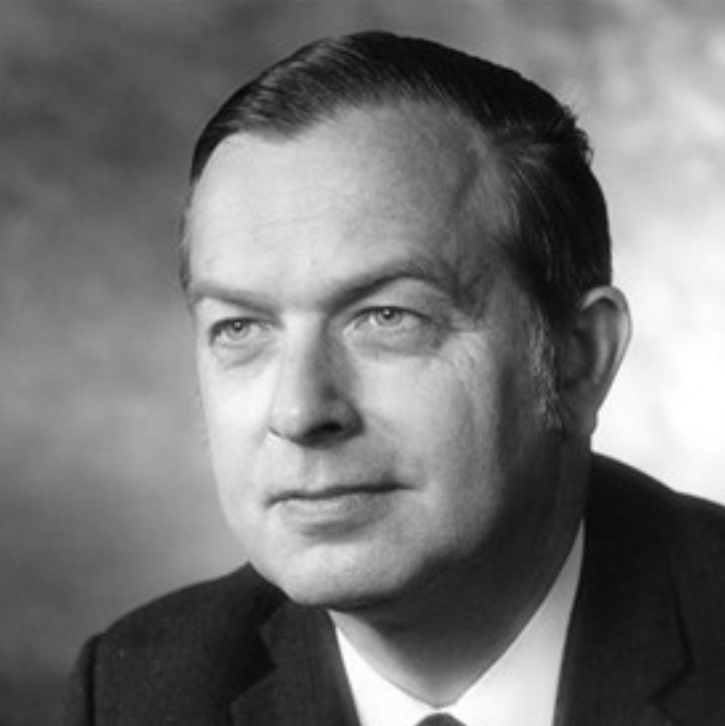By Professor Jon Aurnou

Professor Paul H. Roberts passed away on the Isle of Wight, UK, on November 17, 2022. Paul worked at UCLA via a split appointment in IGPP and Math from 1986 until he retired in 2010. Although Paul worked on a number of topics, his greatest expertise was in developing the magnetohydrodynamic dynamo theory that explains how planets and stars generate their self-sustaining magnetic fields. This work started in his first year of Ph.D. studies at Cambridge in 1952. His initial advisor, Herman Bondi, told Paul, essentially, to either show that dynamo action was fully impossible, as many (including Einstein) thought at the time, or develop a model for how dynamo action actually works. That was a bit much to ask of anyone, and Paul switched advisors after a year. However, it helped to set his intellectual sights and over the arc of his career he provided the answers to Bondi’s original questions.
In 1965, working with Stan Scott, Paul formally showed that it is possible to use the differences in geomagnetic field maps made at different times to determine the large-scale motions of the molten metal in Earth’s core. In 1975, with Subodh Kumar, he showed that there exist spherical fluid motions which are indeed capable of generating dynamo action. In 1988, he worked with his UCLA colleague Stanislav Braginsky to build a detailed mathematical framework to describe the turbulent convection in Earth’s core. And in 1995, Gary Glatzmaier and Paul numerically solved the equations formulated with Braginsky to generate the first self-sustaining supercomputer model of Earth’s dynamo. Remarkably, the magnetic field in their model underwent a polarity reversal, similar to the behavior of Earth magnetic field. Further, the solid inner core in their model rotated faster on average than the mantle, a novel finding that launched a plethora of following studies.
I feel lucky to have gotten to discuss and work on planetary core dynamics with Paul during our overlapping time at UCLA. But I believe my favorite interaction with him was just after Krista Soderlund’s Ph.D. defense in 2011. After the defense was completed, Paul graciously congratulated Krista on a job well done. Then, with a twinkle in his eye, he told us that he greatly appreciated that almost all the key terms used in Krista’s thesis were coined by him. The Elsasser number, the alpha-effect, the omega-effect, MAC balance— he’d named them all and was pleased as punch that these names had all stuck. It hit me then, and a bit forcefully at that, that almost everything my group studies is set within the broader theoretical framework, the intellectual landscape, that Paul Roberts crafted, quietly and humbly, but with great effort and focus, over his seventy amazing years in the field.
